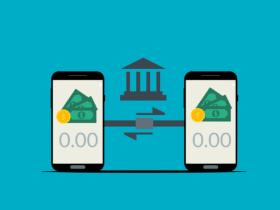Extended Reality (XR) is new and exciting tech. Everyone in the tech world has something to say about it. What is it really? Should you be using it?
This post will answer some of the most burning questions of anyone who’s just encountering XR for the first time. To begin, let us answer “what is the XR industry?” for you, talk about the sectors that use it and how it’s changing the future.
What is the XR Industry?
Extended Reality (XR) encompasses Virtual Reality (VR), Augmented Reality (AR), and Mixed Reality (MR).
Basically, VR creates an entirely simulated environment, which contrasts with AR. AR superimposes/overlays elements like sound, text, or visuals on existing real-world environments.
On the other hand, MR merges the real and virtual worlds so that physical and digital objects can interact.
That brings us to XR. XR is reality plus technology and can use any displays from VR, AR, and MR. It takes your human interaction with a PC and modifies it by either immersing you in a virtual environment (VR), augmenting or adding to your environment (AR), or both (MR).
Simply put, it refers to virtual and real environments generated by computer graphics and wearables.
When we talk about the XR industry, we refer to an immersive tech ecosystem and how enhanced reality technology shapes various sectors.
XR is already disrupting the operations of industries, consumers, and businesses. In the wake of COVID-19, pressure to upskill and reskill workforces is at an all-time high. Companies are focusing on engaging, training, and retaining employees.
As a result, they are turning to XR to remove distance barriers, optimize productivity, slash costs, and reduce errors, not to mention increasing safety, knowledge transfer and speed, and quality of information delivery.
Before we go any further, let’s explain more about the differences between XR and VR, AR, and MR.
XR Vs. VR
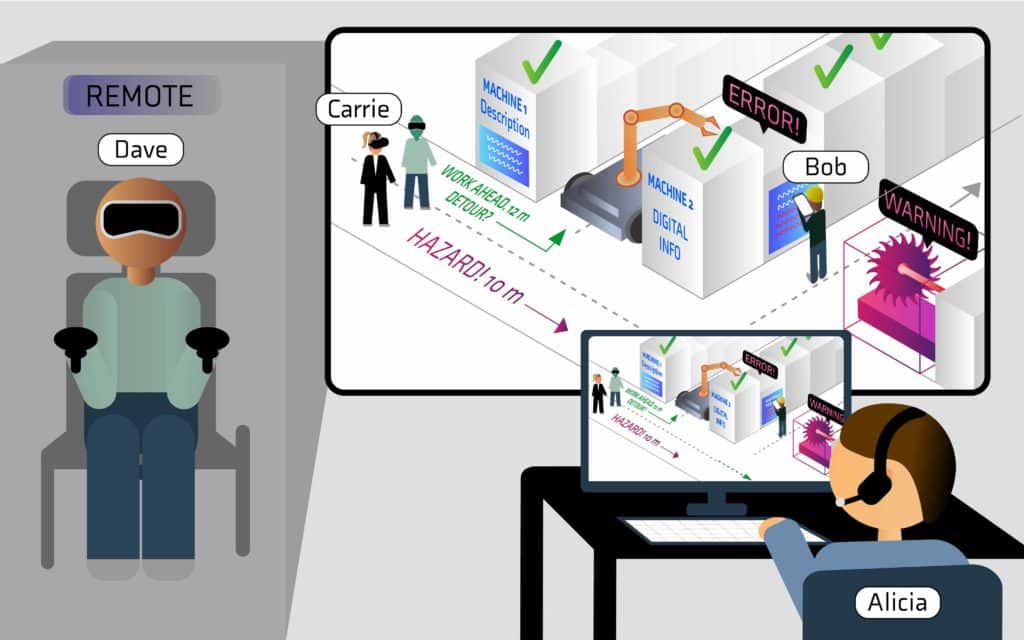
Virtual Reality (VR) is any virtually immersive experience that uses purely synthetic content, real-world content (360 videos), or both. It requires that you use a Head-Mounted-Device such as Google Cardboard, Oculus Rift, or HTC Vive.
While all Virtual Reality is a part of Extended Reality, not all Extended Reality is Virtual Reality. For example, when you use your phone’s camera to place digital furniture in your living room, you are using Augmented Reality (AR). It is part of XR, but it’s not VR.
XR Vs. AR
Augmented Reality (AR) provides a live view of a physical, real-world environment, then supplements these elements with computer-generated sensory input. These inputs can be video graphics, sound, or GPS data.
Like in the game Pokemon Go, you can capture a live video of your smartphone’s environment, and the game will add a character to it.
Again, AR is part of XR, but not all AR is XR.
XR Vs. MR
Mixed Reality (MR) blends VR and AR. Most people tend to interchange MR and AR. However, it’s not the same. MR removes the boundaries between the virtual and real interaction using occlusion.
This means that the physical environment can obscure the computer-generated object. That brings about a distinction in how you interact with a Mixed Reality Environment.
As with the two other types of XR, we can conclude that all MR is XR but not all XR is MR.
How Big is the XR Market?
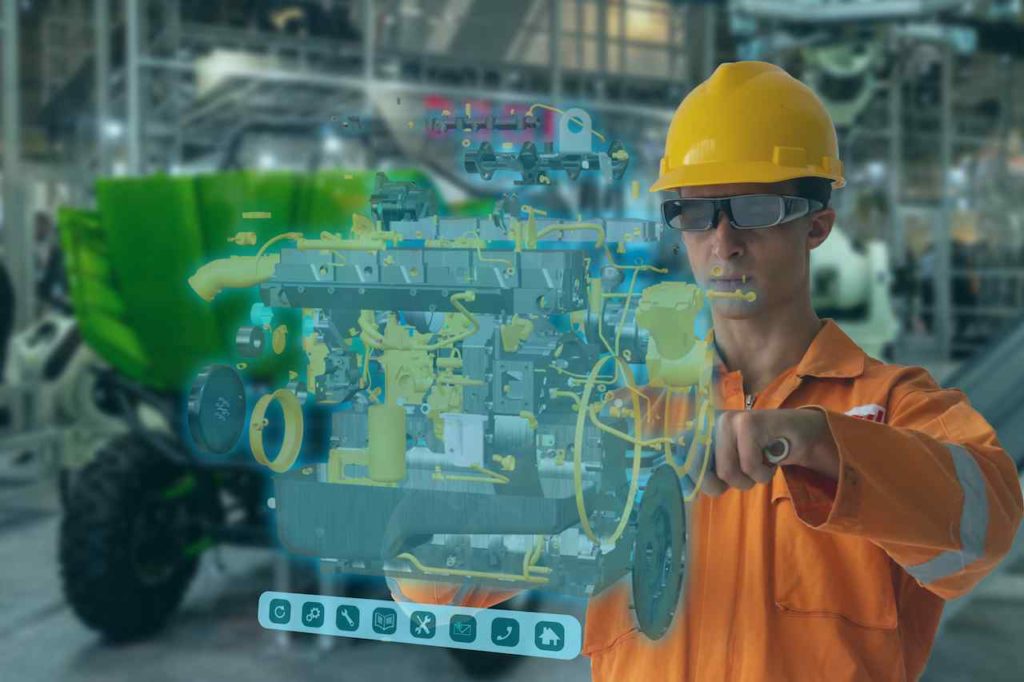
The Extended Reality (XR) market was estimated to be valued at $26.05 Billion in 2020, and it is expected to reach $463.7 Billion by 2026. This means it will register a Compound Annual Growth Rate (CAGR) of 62.67% in the forecast period 2021-2026.
In 2021, investments in XR were higher by 37% compared to 2020. Experts say the market’s primary drivers are the following: the need for physical distance, eCommerce delivery limitations, supply chain disruptions, and brick and mortar store closures.
However, even as the pandemic seems to end, organizations are looking to implement cost-saving plans. At the same time, they want to meet the market’s demand for both richer visual content and reducing the physical distance between people.
As a result, companies are now investing in supporting technologies for XR platforms. These platforms are predicted to globally commercialize Extended Reality (XR) technologies.
For example, Microsoft has developed HoloLens 2, a hands-free mixed reality headset. HoloLens 2 is one of the guiding forces for XR’s existence.
Another good example is Qualcomm. It has developed a First Responder XR Glass. This product uses haptic, inertial, health, and environmental sensors, bone conduction transducers, eye-tracking cameras, and other components for faster and more intelligent interaction with the environment.
XR Market Segmentation
The Extended Reality (XR) industry has subdivisions based on type, delivery model, component, and end-user.
Type
Here, XR can be categorized into PC-tethered or mobile XR.
Just as the name suggests, PC-tethered XR devices rely on connecting to a PC. Oculus Rift S is an excellent example of a PC-powered VR device.
Mobile XR refers to the implementation of XR on smartphones and tablets. The mobile device has to have a good camera, movement sensors, and a powerful CPU. Mobile XR devices are already widely available. For example, Google Cardboard is a smartphone-based VR.
Component
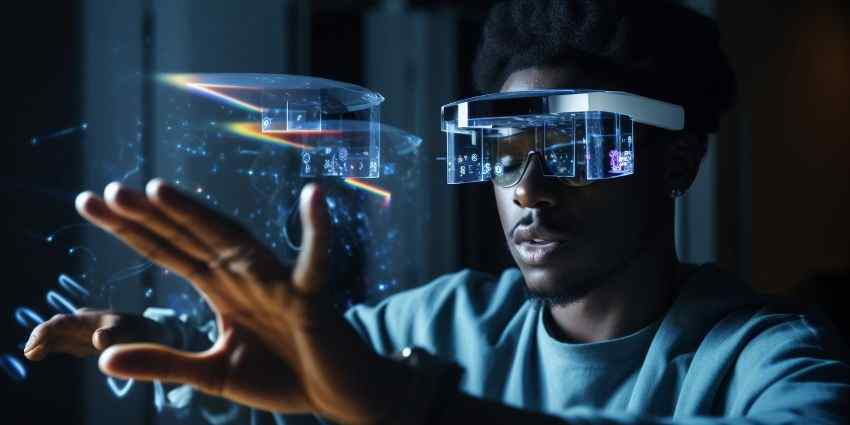
The XR industry is sectioned into hardware, services, and solutions. Hardware includes cameras, sensors, speakers, and transducers, while services can be split into managed and professional services. Meanwhile, the solutions section consists of training, education, sales, and marketing.
Delivery Model
This refers to either customer-based or business-based delivery models. Some products are designed to be used by consumers individually, while others target businesses.
For example, an individual will not find much use for a product intended to be used in an office meeting.
End-User
Here, the XR market points to who the product is meant to benefit. For example, VR gaming devices target customers, while a product like HoloLens 2 brings value to remote work, manufacturing shop floors, teaching, and other sectors.
XR Market Drivers
Some of the factors moving the market growth for Extended Reality (XR) include the demand for a stimulated digital environment, head-pose tracking, and substantial investment in VR and AR technology.
AR and VR are the pillars of the Extended Reality market. Moreover, they benefit from technological advancements in motion tracking, display, and the development of 5G technology.
Gaming and entertainment are at the forefront of adoption as VR continues to make a mark all around the globe. And as research predicts, it will continue to garner immense popularity in this decade.
Another key factor driving the XR market is the utilization of text, images, and animations in the overlaying of digital and sound graphics in the real world.
It’s more immersive than before, plus the advancement in the capabilities of smartphones, tablets, and PCs makes it all the more attractive.
What’s more, consumer electronics have never been more affordable, leading to a rise in the demand for augmented reality.
Finally, the increase in the use of TikTok, Snapchat, and Instagram filters has centered around usage of augmented reality in recent months.
Extended Reality (XR) Key Market Trends
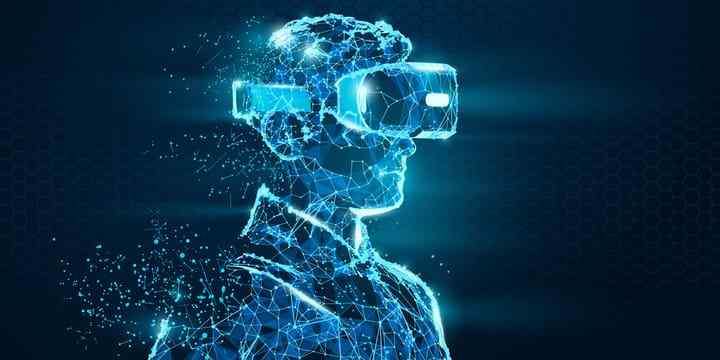
Integration into Various Fields
Extended Reality (XR) devices have the capability to create realistic illusions and even entirely new digital worlds. This is increasingly being applied to different areas, such as manufacturing, healthcare, tourism, retail, gaming, and education.
Development of XR Support Technologies
As we have touched on, the development of HoloLens 2 by Microsoft and the First Responder XR Glass by Qualcomm are critical features of the XR industry.
Qualcomm also collaborated with Israel’s Sheba Medical Center to offer VR telehealth services to COVID-19 patients in quarantine. They also helped to monitor the patients upon their return home.
XR Facilitates Innovations
Federal agencies are using XR in virtual therapy to help treat PTSD. Other agencies are also facilitating programs that educate farmers on how to install solar panels using Augmented Reality.
There are also digital reality pilot programs. One uses telepresence to link local site technicians with experts who help perform equipment maintenance.
What Industries Use XR?
Up until 2020, lots of questions lingered regarding the costs of adoption, content availability awareness, and ergonomics. However, it appears that the pandemic set in motion massive adoption of XR by enterprises and different sectors.
These are the most significant users of XR in 2021.
Manufacturing and Engineering
XR is being used for a variety of functions, from practicing standard maintenance procedures to troubleshooting and planning for unexpected events.
AR is increasingly used to help ground crews access data quickly by viewing info about tasks and machinery on their smartphones and tablets.
Training is another area where manufacturing and engineering industries are using XR. XR helps to reinforce specific skills, and it is more engaging, which saves time and money by preventing costly mistakes.
Finally, XR is gaining use in viewing 3D plans when building new organizations and plants. Architects, engineers, contractors, and all involved can walk through rooms at scale, test functionality, and make adjustments in real-time.
Higher Education
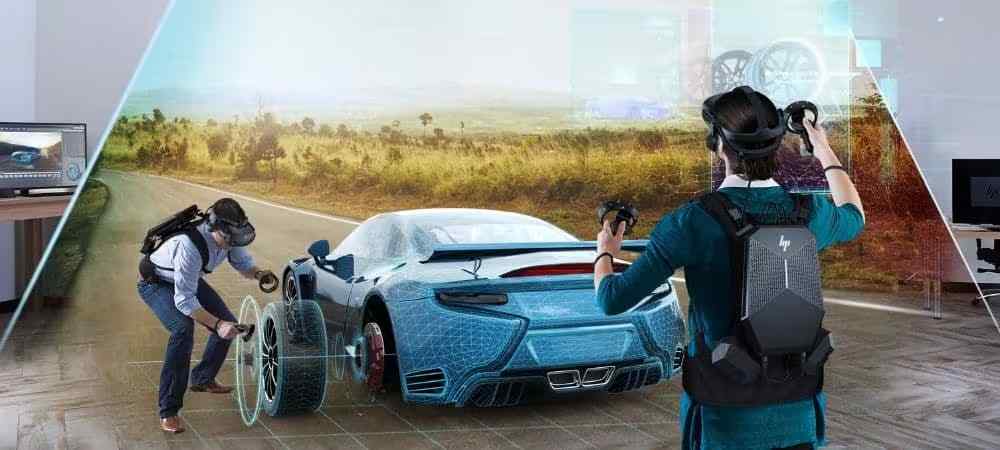
Immersive XR technologies are seeing wide adoption by higher education facilities. Educators view Extended Reality as a tool for remote and virtual learning because it provides students with a multi-sensory experience that would be impossible in the real world.
For example, XR enables geology students to explore inside a volcano. Medical students can view the chest cavity and see how the superior vena cava works with MR.
Educators understand that students learn better when their senses are stimulated. Hence, they are asking developers to add a sense of touch. That’s why there are haptic gloves that help students feel impact, resistance, stiffness, and so forth.
Healthcare
Healthcare professionals are using XR for the performance of critical procedures. For example, AR tools can project a heart’s valves or veins to help nurses find them easily during the insertion of IVs.
Physical therapy is another area where XR sees lots of use. The Children’s Hospital of Colorado recently used a VR game when a child struggled with a certain motion as part of their physical therapy.
AR robots are also used to distract patients during procedures such as bandage removal in burn patients. It helps patients to remain present but occupied, which in turn helps doctors perform their duties smoothly.
Workforce Management
XR tools help to enhance operations because they remove distance limitations. Employees can meet in a virtual workspace and work on a project together as if they were in the same physical room.
Organizations benefit from XR when it comes to making new products. They can experiment using virtual items, especially in areas where the experiment would be dangerous or too costly.
Businesses
Businesses are taking in the benefits of XR already. The try-before-you-experience concept is all about immersive technologies. Customers can shop for furniture and see how it will fit in with their décor.
Also, sellers allow customers to view the real thing to see its true dimensions. This feature has helped to reduce returns, improving the online shopping experience.
Gaming and Entertainment
These are the biggest users of XR technology. You’ve probably heard about Star Wars: Squadrons, Trover Saves the Universe, or Half-Life: Alyx, and other titles.
These games utilize VR devices that put you inside the game. This way, you can experience things like piloting an X-Wing or putting friendly pocket monsters in your living room.
The Future of the XR Industry

XR is set to change the lives of millions across the globe over a few years. That said, XR is still in its very beginning, since it’s facing a challenge in adoption.
Because it requires wireless and ubiquitous connectivity at fiber-optic speeds, it is not yet feasible in some countries.
Plus, it risks misuse since it can measure some aspects of the user, such as feelings. Therefore, one can be vulnerable to manipulation and cyber theft.
However, like anything that’s still in its infancy, the only way is up and better.
Final Thoughts
The XR industry is truly changing the future. With the market predicted to grow an impressive 62.7% by 2026, ‘new normal’ won’t even start to describe its impact on our world.
The demand for immersive technology will only get higher as everyone is more digitally involved.
So, are you ready to leverage XR technology? The time is now!
















